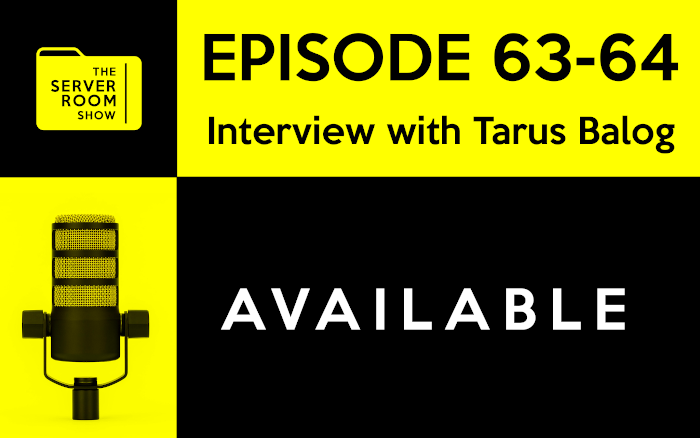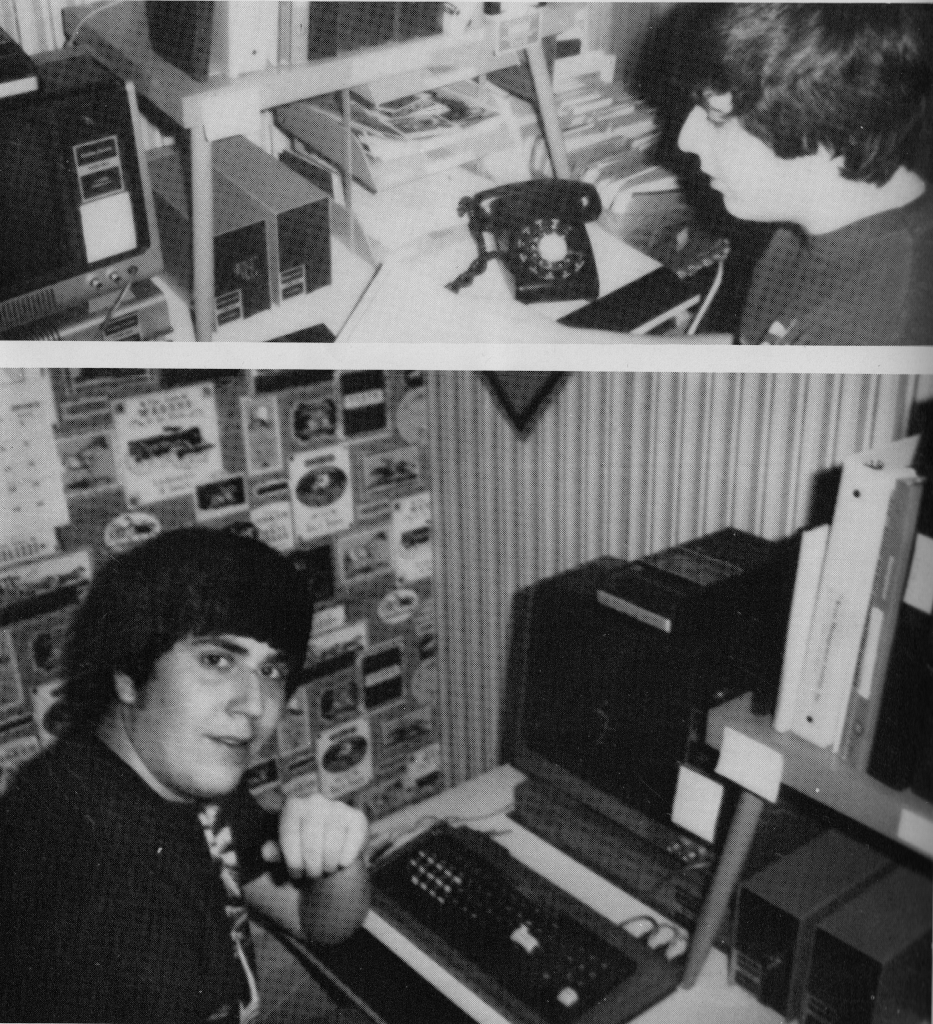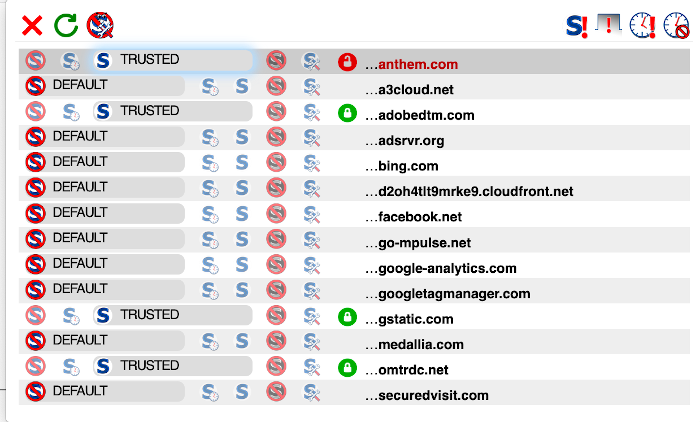Getting started with OpenNMS can be a little daunting, so I thought I’d group together some of the best places to start.
When OpenNMS began 20+ years ago, the main communication channel was a group of mailing lists. For real time interaction we added an “#opennms” IRC channel on Freenode as well. As new technology came along we eagerly adopted it: hosting forums, creating a FAQ with FAQ-o-matic, building a wiki, writing blogs, etc.
The problem became that we had too many resources. Many weren’t updated and thus might host obsolete information, and it was hard for new users to find what they wanted. So a couple of years ago we decided to focus on just two main places for community information.
We adopted Discourse to serve as our “asynchronous” communication platform. Hosted at opennms.discourse.group the goal is to migrate all of our information that used to reside on sites like FAQs and wikis to be in one place. In as much as our community has a group memory, this is it, and we try to keep the information on this site as up to date as possible. While there is still some information left in places like our wiki, the goal is to move it all to Discourse and thus it is a great place to start.
I also want to call your attention to “OpenNMS on the Horizon (OOH)”. This is a weekly update of everything OpenNMS, and it is a good way to keep up with all the work going on with the platform since a lot of the changes being made aren’t immediately obvious.
While we’ve been happy with Discourse, sometimes you just want to interact with someone in real time. For that we created chat.opennms.com. This is an instance of Mattermost that we host to provide a Slack-like experience for our community. It basically replaces the IRC channel, but there is also a bridge between IRC and MM so that posts are shared between the two. I am “sortova” on Mattermost.
When you create an account on our Mattermost instance you will be added to a channel called “Town Square”. Every Mattermost instance has to have a default channel, and this is ours. Note that we use Town Square as a social channel. People will post things that may be of interest to anyone with an interest in OpenNMS, usually something humorous. As I write this there are over 1300 people who have signed up on Town Square.
For OpenNMS questions you will want to join the channel “OpenNMS Discussion”. This is the main place to interact with our community, and as long as you ask smart questions you are likely to get help with any OpenNMS issues you are facing. The second most popular channel is “OpenNMS Development” for those interested in working with the code directly. The Minion and Compass applications also have their own channels.
Another channel is “Write the Docs”. Many years ago we decided to make documentation a key part of OpenNMS development. While I have never read any software documentation that couldn’t be improved, I am pretty proud of the work the documentation team has put into ours. Which brings me to yet another source of OpenNMS information: the official documentation.
Hosted at docs.opennms.org, our documentation is managed just like our application code. It is written in AsciiDoc and published using Antora. The documentation is versioned just like our Horizon releases, but usually whenever I need to look something up I go directly to the development branch. The admin guide tends to have the most useful information, but there are guides for other aspects of OpenNMS as well.
The one downside of our docs is that they tend to be more reference guides than “how-to” articles. I am hoping to correct that in the future but in the meantime I did create a series of “OpenNMS 101” videos on YouTube.
They mirror some of our in-person training classes, and while they are getting out of date I plan to update them real soon (we are in the process of getting ready for a new release with lots of changes so I don’t want to do them and have to re-do them soon after). Unfortunately YouTube doesn’t allow you to version videos so I’m going to have to figure out how to name them.
Speaking of changes, we document almost everything that changes in OpenNMS in our Jira instance at issues.opennms.org. Every code change that gets submitted should have a corresponding Jira issue, and it is also a place where our users can open bug reports and feature requests. As you might expect, if you need to open a bug report please be as detailed as possible. The first thing we will try to do is recreate it, so having information such as the version of OpenNMS you are running, what operating system you are using and other steps to cause the problem are welcome.
If you would like us to add a feature, you can add a Feature Request, and if you want us to improve an existing feature you can add an Enhancement Request. Note that I think you have to have an account to access some of the public issues on the system. We are working to remove that requirement as we wish to be as transparent as possible, but I don’t think we’ve been able to get it to work just yet. I just attempted to visit a random issue and it did load but it was missing a lot of information that shows up when I go to that link while authenticated, such as the left menu and the Git Integration. You will need an account to open or comment on issues. There is no charge to open an account, of course.
Speaking of git, there is one last resource I need to bring up: the code. We host our code on Github, and we’ve separated out many of our projects to make it easier to manage. The main OpenNMS application is under “opennms” (naturally) but other projects such as our machine learning feature, ALEC, have their own branch.
While it was not my intent to delve into all things git on this post, I did want to point out than in the top level directory of the “opennms” project we have two scripts, makerpm.sh and makedeb.sh that you can use to easily build your own OpenNMS packages. I have a video queued up to go over this in detail, but to build RPMs all you’ll need is a base CentOS/RHEL install, and the packages “git” (of course), “expect”, “rpm-build” and “rsync”. You’ll also need a Java 8 JDK. While we run on Java 11, at the moment we don’t build using it (if you check out the latest OOH you’ll see we are working on it). Then you can run makerpm.sh and watch the magic happen. Note the first build takes a long time because you have to download all of the maven dependencies, but subsequent builds should be faster.
To summarize:
For normal community interaction, start with Discourse and use Mattermost for real time interaction.
For reference, check out our documentation and our YouTube channel.
For code issues, look toward our Jira instance and our Github repository.
OpenNMS is a powerful monitoring platform with a steep learning curve, but we are here to help. Our community is pretty welcoming and hope to see you there soon.



